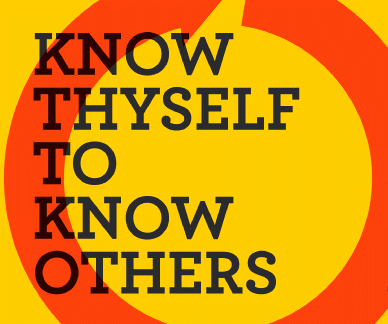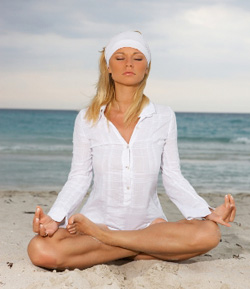Contemplative Meditation is almost certainly the oldest form of meditation. The purpose of contemplative meditation is simply to improve self-awareness or self-realization.
Benefits of Meditation
“Know Thyself” was the advice inscribed in the ancient Temple of Delphi. “Know Thyself” is still the most valuable advice you can give to anybody. Without sufficient self-knowledge all other knowledge is of little use.
Contemplative Meditation is one of the primary paths that spiritual seekers throughout the ages have followed to obtain this precious self-knowledge.

Spiritual Masters have often sung the praises of the incredibly blissful states that can be obtained through deep meditation. Blissful and ecstatic states of euphoria are certainly experienced in deep meditation. The reason for this is simply that we are reconnecting with our true state of being. Our true state of being is pure light and love.
It is almost impossible to overstate the benefits that can be obtained through regular meditation practice. Everyone who has sincerely practiced meditation for any number of years will be able to attest to this fundamental truth.
So let us now look at the practice of contemplative meditation in more detail.
Meditation is Easy
Everybody can meditate. Meditation is easy. Too often however it has been taught or learned incorrectly.
One of the problems often encountered is that those new to meditation expect immediate results. Actually, they will get immediate results, but probably not the results they expect. When expectations aren’t met the new meditator often becomes discouraged and discontinues the meditation practice. For more information refer to Meditation Myths.
Meditation Posture
As these instructions are aimed at those new to meditation we will focus on the essentials rather than complex poses.
There are two primary objectives for a good meditation pose.
Firstly your spine should be as straight as possible without straining. This is to allow the life force (chi, prana, whatever name you prefer) to flow freely along the spinal column.

Secondly the meditation posture must be secure so that you avoid injury should you lose consciousness.
Lying down is not a recommended meditation posture as the possibility of falling asleep is too high.
There is no Meditation without Concentration
The second key requirement for a good meditation experience is to concentrate.
The meditation experience can be further enhanced by using certain focal points such as certain mantras or mandalas but any focal point will do. More important than the specific focal point is that the mind is kept in a state of concentration. Without concentration there is no meditation.
Avoid distractions during Meditation
The human nervous system is constantly bombarded with large numbers of sensory signals. The human brain is able to process less than one percent of the constant sensory stimulus hitting your nervous system.
Hence it is best to reduce sensory stimulus as much as possible. One of the easiest ways to do this is simply to close the eyes thus removing the huge amount of visual stimulation that the nervous system normally has to process.
Next it is best to start meditating in a quiet place to reduce unnecessary auditory distractions. If it is not possible to find a quiet spot it is probably better to use some soothing background music to drown out external noises.